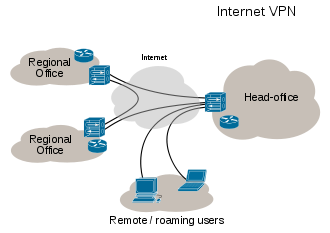
Your Friend

- Manpreet Singh Bindra
- PATIALA, PUNJAB, India
- Please Give Your Valuable Feedback manpreetsinghbindra@hotmail.com
Search Of Your Interest
Core Networking

Pressure Swing Adsorption(PSA)
Business Strategy for Growth
Business strategy depend on whether it markets new or existing products in new or existing markets.
Result from Ansoff Model
Market penetration
• Maintain or increase the market share of current products – this can be achieved by a combination of competitive pricing strategies, advertising, sales promotion and perhaps more resources dedicated to personal selling
• Secure dominance of growth markets
• Restructure a mature market by driving out competitors; this would require a much more aggressive promotional campaign, supported by a pricing strategy designed to make the market unattractive for competitors
• Increase usage by existing customers – for example by introducing loyalty schemes
A market penetration marketing strategy is very much about “business as usual”. The business is focusing on markets and products it knows well. It is likely to have good information on competitors and on customer needs. It is unlikely, therefore, that this strategy will require much investment in new market research.
Market development
• New geographical markets; for example exporting the product to a new country
• New product dimensions or packaging: for example
• New distribution channels
• Different pricing policies to attract different customers or create new market segments
Product development
This strategy may require the development of new competencies and requires the business to develop modified products which can appeal to existing markets.
Diversification
This is an inherently more risk strategy because the business is moving into markets in which it has little or no experience.
Long Term Evolution (LTE)
"Long Term Evolution" because it represents the next step (4G) in a progression from GSM, a 2G standard, to UMTS, the 3G technologies based upon GSM. LTE provides significantly increased peak data rates, with the potential for 100 Mbps downstream and 30 Mbps upstream.
LTE support mixed data, voice, video and messaging traffic and use OFDM (Orthogonal Frequency Division Multiplexing) and MIMO (Multiple Input Multiple Output) antenna technology similar to that used in the IEEE 802.11n wireless local area network (WLAN) standard. The higher signal to noise ratio (SNR) at the receiver enabled by MIMO, along with OFDM, provides improved coverage and throughput, especially in dense urban areas.
Labels: Long Term Evolution (LTE)

